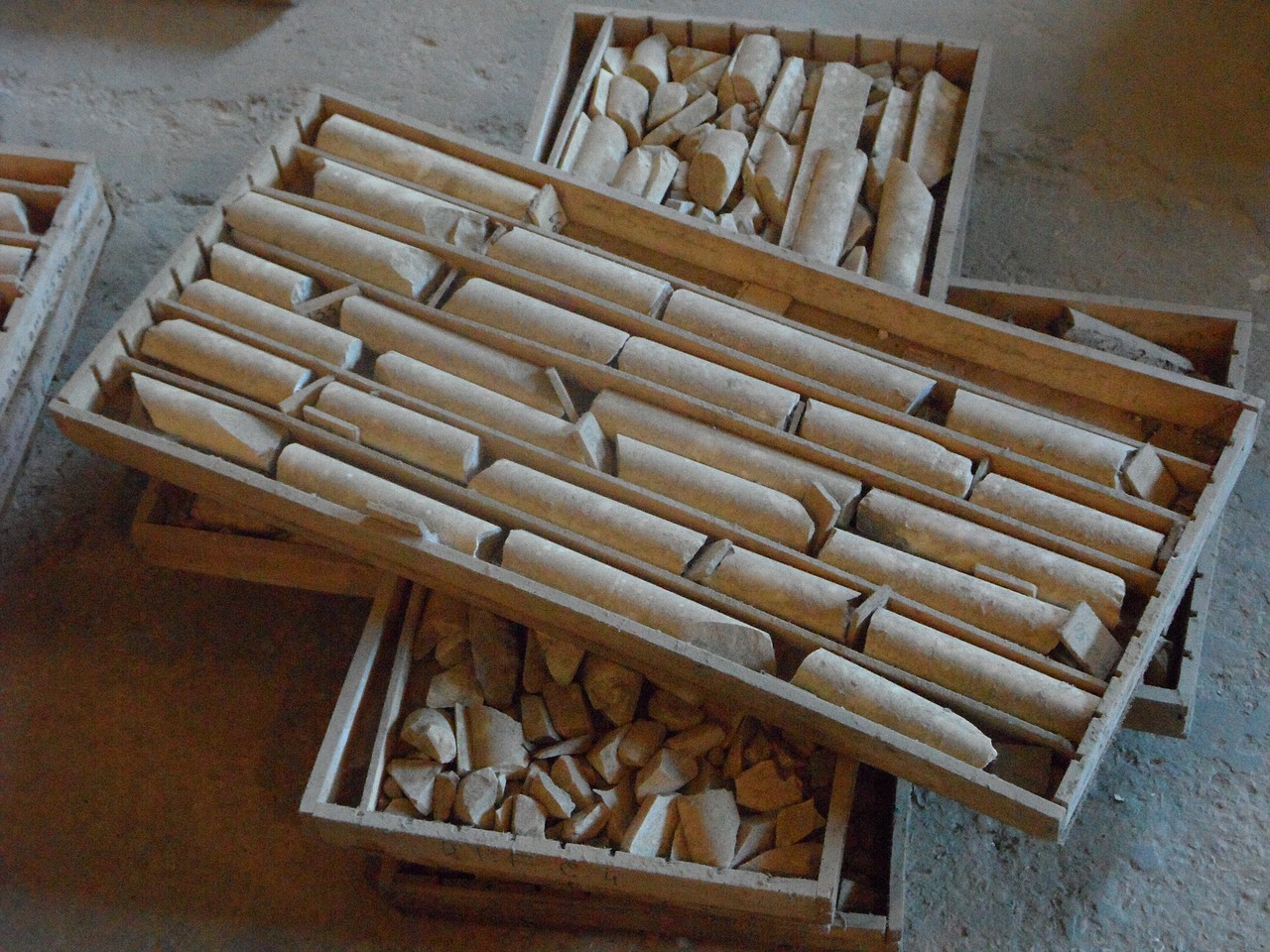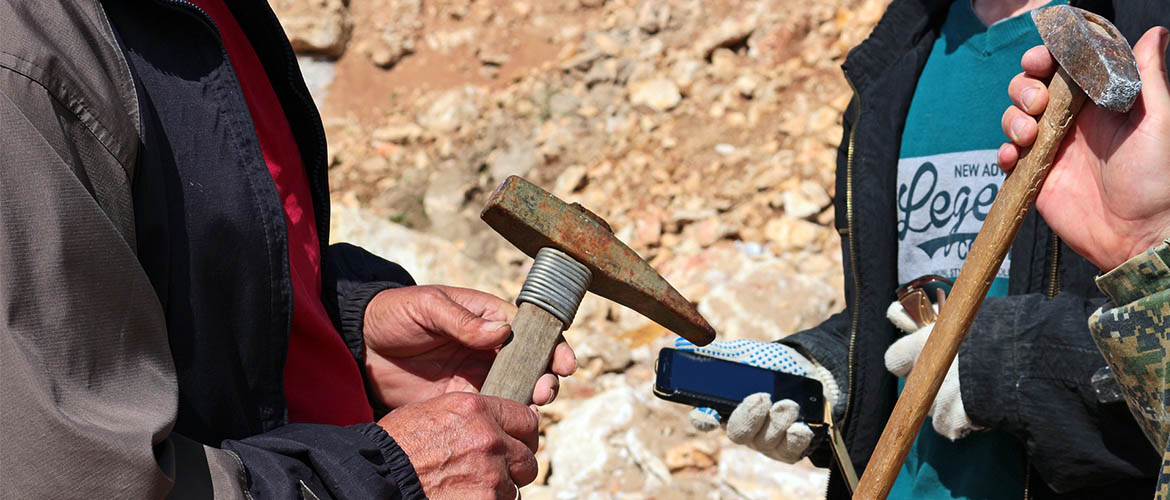CHAPTER 1: AN INTRODUCTION TO MINERALS, ORE AND EXPLORATION
This first chapter covers basic geology and introduces terms such as minerals, mineralization and ore. It also introduces exploration, how it is done and why.
Metals are found in most of our everyday items, mobile phones, computers, cars, household items and infrastructure. Metals such as iron, aluminium and copper are used in many things and in large quantities, while indium or rare earth elements are found in many components but in very small quantities. All metals have one thing in common – they are extracted from the ground. It is often said that “what can’t be grown, must be mined”, it is generally true if you also consider recycling of metals after mining.
Metals, minerals and orebodies
Metals, elements with metallic properties, occur in their elemental form as minerals or more often in minerals together with other elements. Out of 88 naturally occurring elements 63-70 are metals depending on the definition used. Minerals making up rocks and the earth’s crust are chemical compounds with a crystal structure. The chemical composition and crystal structure are defined for each mineral and there are more than almost 4,000 known minerals. A rock is composed of one or several minerals. Metals are present in most rocks, but far from all rocks are considered valuable enough to mine. Rocks may contain mineralisations, which is the occurrence of valuable minerals in a large quantity. Mineralisations or mineral deposits are formed by many complex geological processes. If a mineralisation can be mined with profit, it is called an orebody. The size and economic potential of an orebody is calculated using national or international reporting standards as mineral resource and mineral reserve.
The geological processes forming orebodies are complex, concentrations of valuable minerals are rare and orebodies never share the same set of characteristics. Trying to find ore is called mineral exploration, or just exploration. Exploration is done in many steps, and it often takes several years or even decades to find and define an ore body that can be potentially mined. Few exploration projects lead to opening of a mine.
Exploration
Exploration means looking for mineral deposits that are commercially exploitable. Exploration usually starts in the office by studying all literature and data that is available for of an area of interest. Field work is then conducted by mapping the surface, studying the properties of the soils and rocks with geophysical methods, and looking for elevated metal contents (anomalies) in soils, water or rocks. If the area is deemed interesting enough for further investment, exploration drilling can be commenced to examine and sample soil and rock cores. More detailed resource drilling is at a later stage conducted to build larger data sets, better geological models and to define the extent and economic potential of mineralisation more precisely. Mineral exploration results are ideally communicated according to national or international reporting standards.

Cores of rock from drilling.
Environmental, social and economic results
Besides positive exploration results and a final feasibility study showing profitability, a mining project must also fulfil all legal requirements and obtain all required permits from governmental authorities before becoming an operational mine. One method and document assessing the environmental and social feasibility is the Environmental Impact Assessment (EIA). EIAs will be covered in chapter 3. The EIA collects contributions from many specialists and the result of all stakeholder consultations. The EIA is shared with all concerned parties, authorities, and the public.
An economical outcome of the exploration project is presented in a feasibility study to shareholders, company owners, and to potential investors in the mine. The feasibility includes many separate studies of geology, mineralogy, mineral reserves, process engineering, economy and of costs of environmental protection and closing and rehabilitating a mine. The feasibility study presents fundamental project parameters as ore grade and tonnage, how ore is extracted and processed and for how long the mine will be in operation (Life of Mine or LOM). The feasibility will also include complex engineering and economical assessments and project options. The economical outcome is also impacted by taxes, available infrastructure (such as railroads etc.), process techniques, mineral price on the market, average worker cost, distance to smelter or harbour and much more.
Starting a mine project will impact people and communities close to or further away from the proposed mine site. Expectations, opinions, fears and hopes of people is always documented early on in mining project. As important as collecting stakeholder feedback is early, detailed, and public information to communities about exploration and mining activities and about the role of the company, of local and national authorities and of civil society. Venues, documents, and methods to inform, communicate and hear people and organisations are very important. The process includes stakeholder consultations and public participation and is documented in EIA and maybe in other ways as well. The concept of Free Prior Informed Consent (FPIC) is well defined and can be applied in stakeholder engagement and public consultation. FPIC was designed to protect the rights of indigenous peoples and there are protocols and policy guiding its use. An ore body cannot be moved; the mine’s position will be predetermined by the location of the ore body. The social impacts from mining is discussed in chapter 6.



